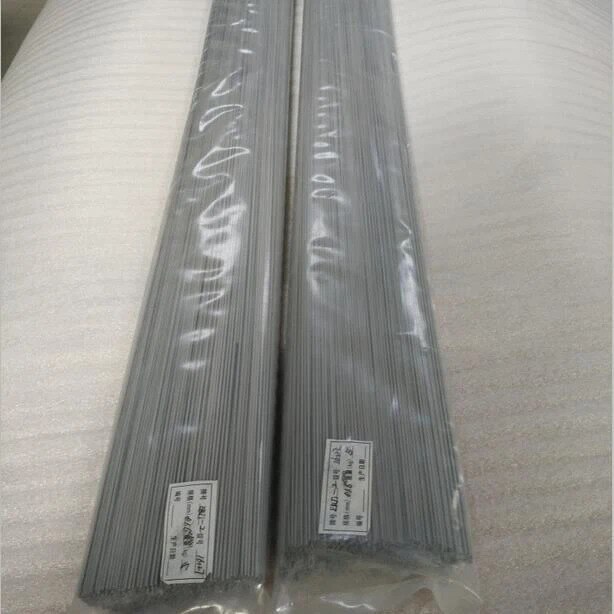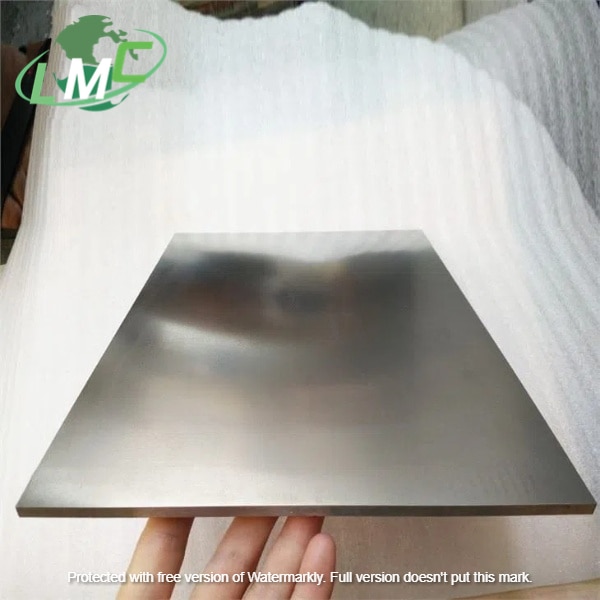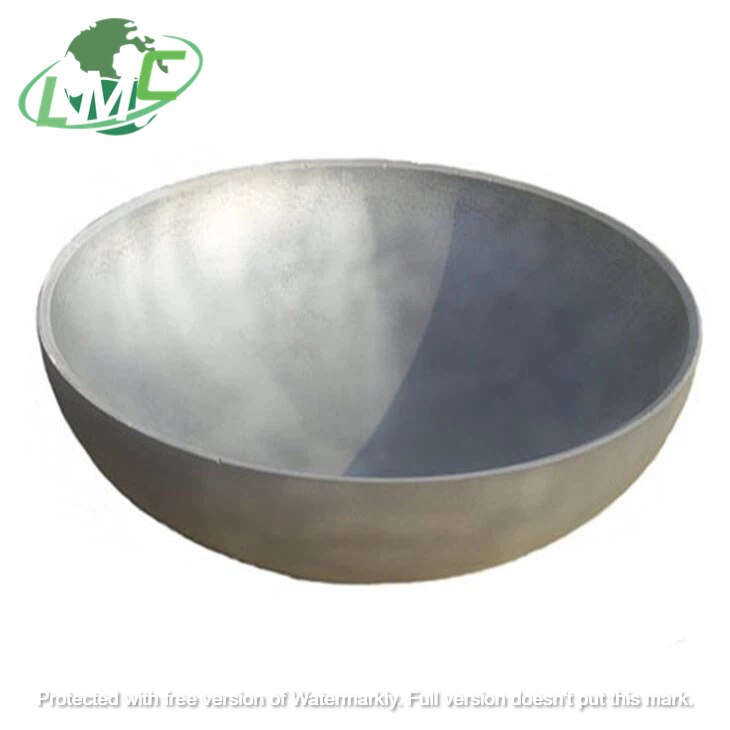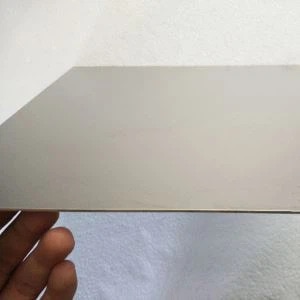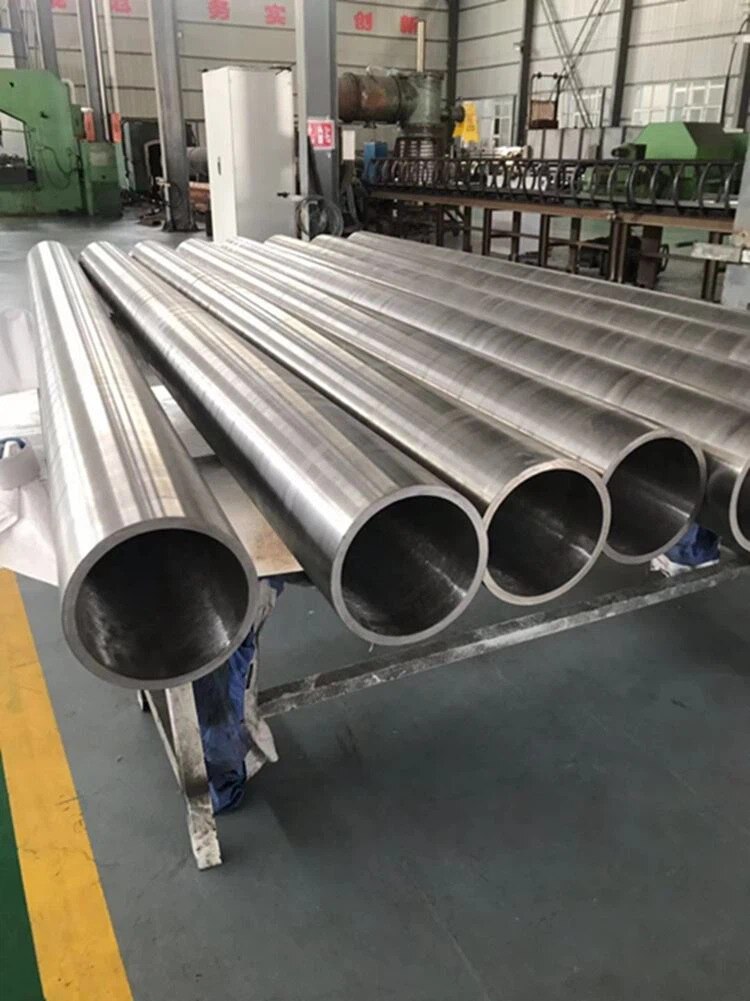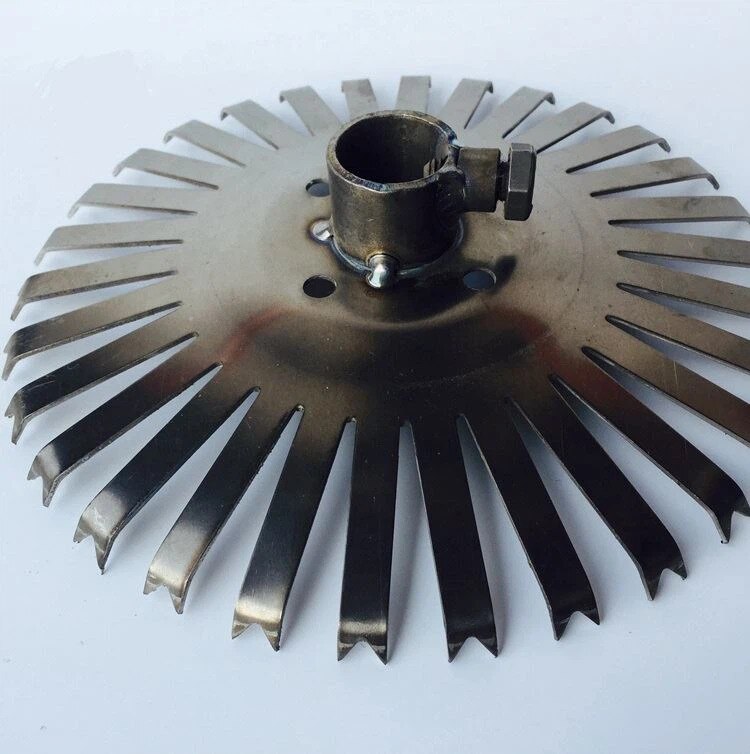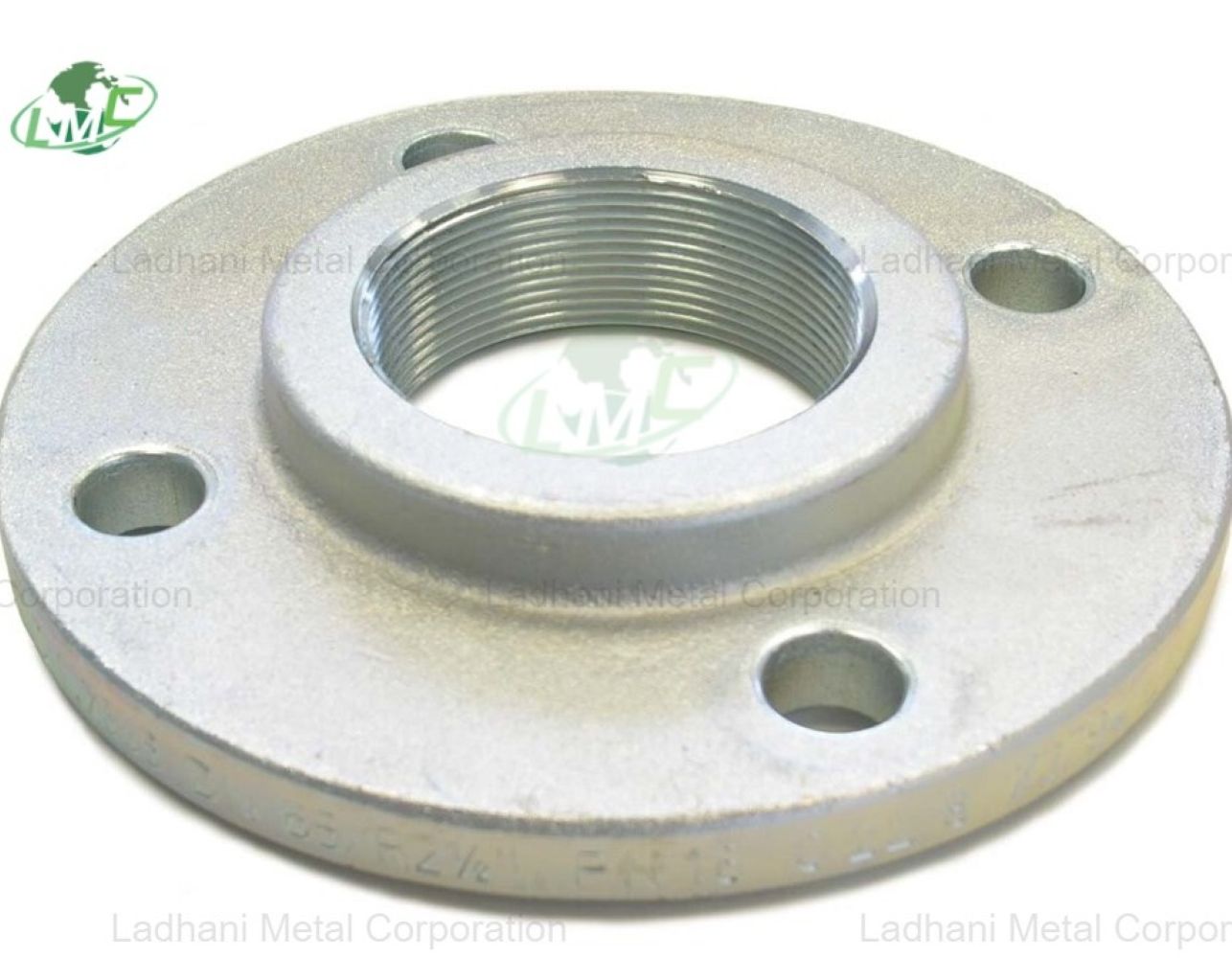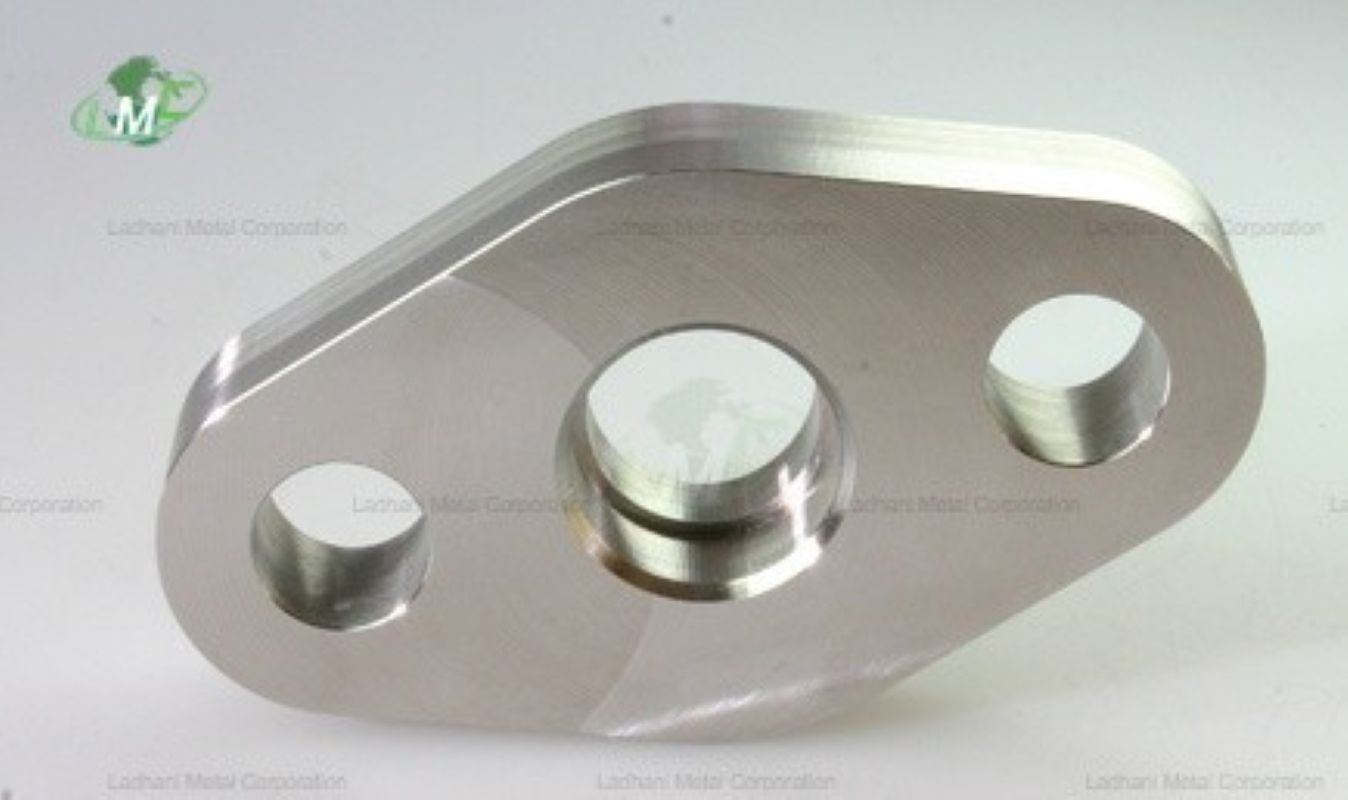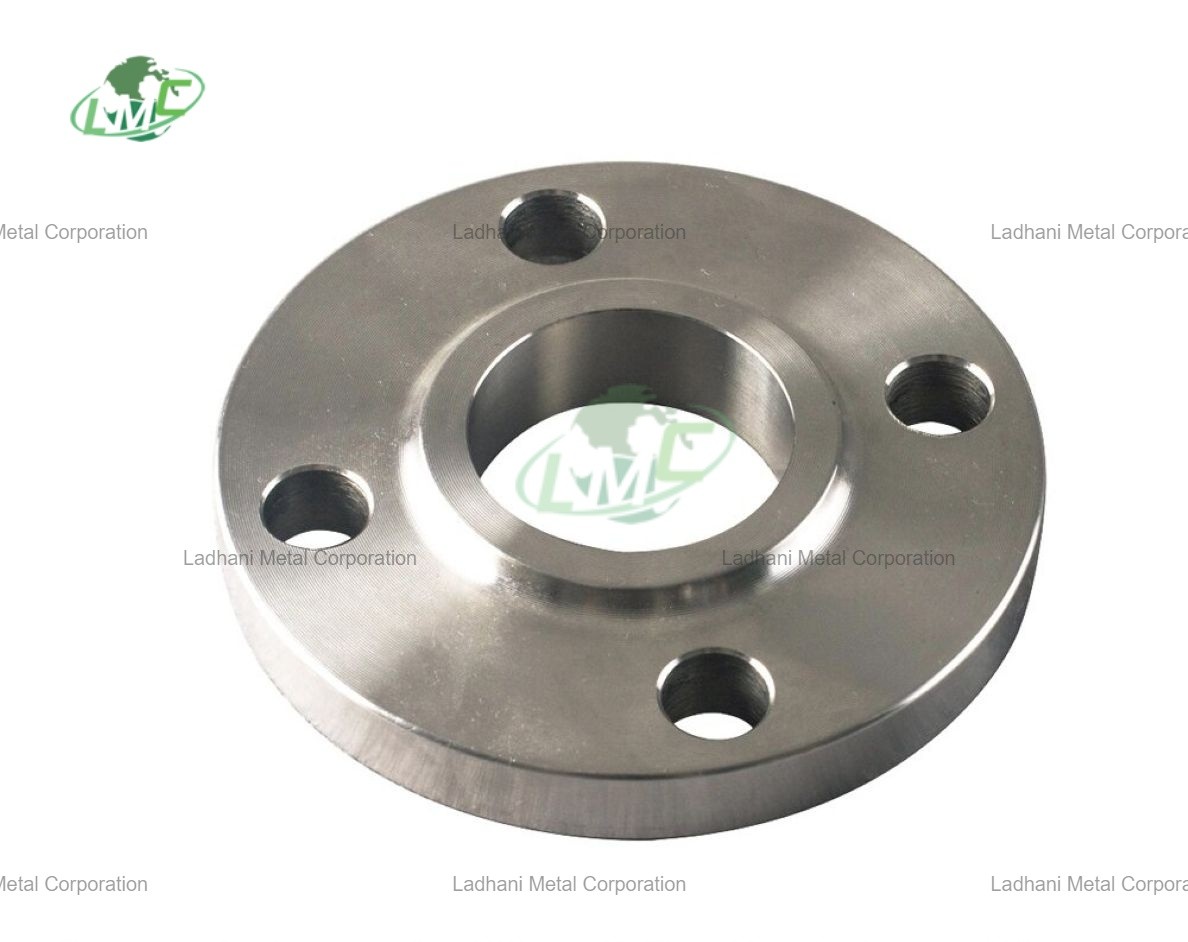6mm Titanium Plate
Product name:6mm Titanium plate
Unit price:$14-$36.9/kg
Material: Titanium grade 1 grade 2 grade 3 grade 4 Grade 5 (Ti6al4v),grade 7,grade 12 etc.
Standard: ASTM/ASME B265 AMS 4911 ASTM F136 ASTM F67 etc.
Demension: Thickness*1000*2000mm Thickness*3000*6000mm (Standard size);
Thickness: 0.5mm; 0.8mm; 1.0mm; 1.2mm; 1.5mm; 2.0mm; 3.0mm; 4.0mm ......40mm etc br>Technique : Rolled
Status: Annealed(M)
A Thin Titanium Sheet is slow to react with water and air at ambient temperatures. Since, on exposure to both mediums, the Titanium Alloy Plate forms a passive oxide coating or coating which protects the bulk metal from further oxidation. Titanium Sheets Suppliers note that Atmospheric passivation gives Titanium Foil Sheet excellent resistance to corrosion. Though, as a metal Titanium Alloy Sheet is capable of withstanding attack by dilute sulfuric acid and hydrochloric acids, chloride solutions, as well as most organic acids ; However, Titanium Sheet Metal can be corroded by concentrated acids.
Material Pure Titanium plate and titanium alloy plate
Standard ASTM B265, ASME SB265, AMS 4900, AMS 4901, AMS 4902
Type Clad Plate, Rolling Plate, Flat Shim, Plain Sheet, Rolling Sheet Rolls, Foils, Coils, Plate, Strip, Sheet, Flats, Blank (Circle), ,Flat Sheet, Shim Sheet, soft annealed, descaled, sheared, annealed, Checker Plate, tread plate
ASTM B265 Titanium Plate surface Hot rolled plate (HR), Cold rolled sheet (CR), No.1 finish hot rolled ASTM B265 Titanium Plate, BA, No.3, No.4, No.6, No.1, No. 2D, No. 2B, BA NO(8), No.7, 2B, 2D, SATIN (Met with Plastic Coated), 2B, 1D, No.4, 8K, BA, hairline, brush, satin, mirror etc.
ASTM B265 Titanium Plate Length 0-12mm or as required
Titanium Plate Thickness 0.3 to 1200 mm or as required
Titanium Alloy Plate Width 0-3000mm or as required
Titanium alloy Plate Process Hot/ Cold Rolled
ASTM B265 Titanium Grade 2 Sheet
ASTM B265 Titanium Grade 5 Sheet
ASTM B265 Titanium Grade 12 Sheet
Sizes T(0.5-60) x 1000 x 2000mm
Physical Properties
Tensile Strength(min)
Yeild Strength(min)
Elongation(%)
ksi
MPa
ksi
MPa
Grade 1
35
240
20
138
24
Grade2
50
345
40
275
20
Grade 3
65
450
55
380
18
Grade 4
80
550
70
483
15
Grade 5
130
895
120
828
10
Grade 7
50
345
40
275
20
Grade 12
70
483
50
345
18
Price: 0 |
Payment Type: |
Available: False |
COD Available: False |
KYC Status: FAILED
Send Message

